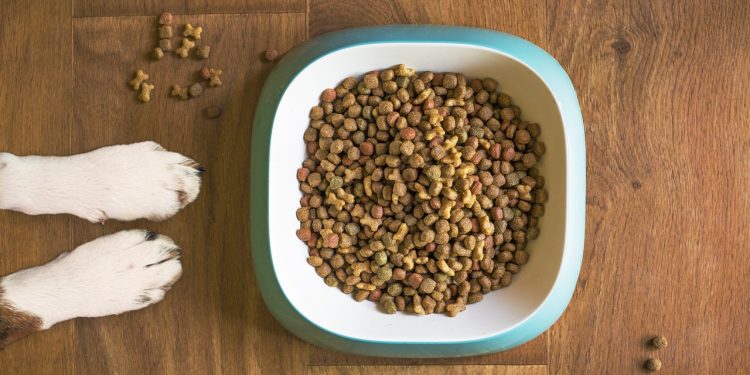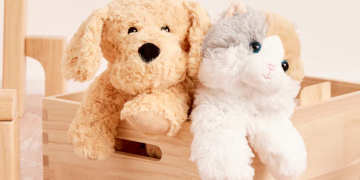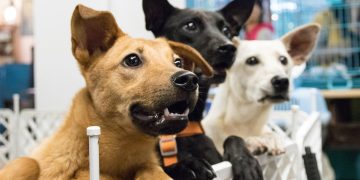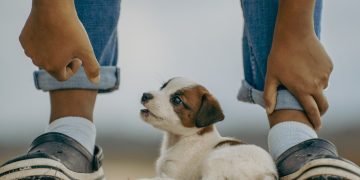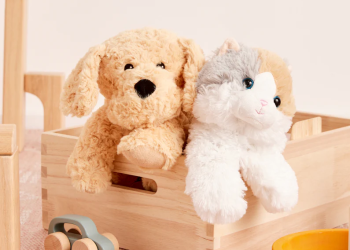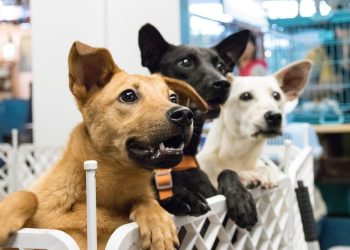Keeping your pets safe and healthy involves more than regular vet checkups and exercise—it also includes being vigilant about what they eat. While sharing food with your furry friends can be a delightful way to bond, certain human foods can be toxic to pets, leading to severe health issues or even fatalities. Understanding which foods are dangerous and how to avoid accidental exposure is essential for any responsible pet owner. Here’s a comprehensive guide to preventing toxic food incidents in pets.
Why Some Foods Are Toxic to Pets
Biological Differences
Pets metabolize certain substances differently than humans. For example, dogs and cats lack specific enzymes to process certain foods, making them vulnerable to toxins.
Size and Sensitivity
Small pets are particularly susceptible to toxic foods due to their smaller body weight and heightened sensitivity to certain ingredients.
Common Toxic Foods for Pets
For Dogs
- Chocolate
- Why It’s Harmful: Contains theobromine and caffeine, which can cause vomiting, diarrhea, seizures, and even death.
- Dangerous Types: Dark chocolate and baking chocolate are especially toxic.
- Grapes and Raisins
- Why It’s Harmful: Can cause kidney failure, even in small amounts.
- Onions and Garlic
- Why It’s Harmful: Contain compounds that damage red blood cells, leading to anemia.
- Xylitol
- Why It’s Harmful: Found in sugar-free gum and baked goods, it can cause rapid insulin release, leading to hypoglycemia and liver failure.
- Avocado
- Why It’s Harmful: Contains persin, which can cause vomiting and diarrhea in dogs.
For Cats
- Alcohol
- Why It’s Harmful: Even small amounts can cause vomiting, disorientation, and respiratory failure.
- Raw Fish
- Why It’s Harmful: May contain thiaminase, an enzyme that destroys thiamine, leading to neurological issues.
- Dairy Products
- Why It’s Harmful: Many cats are lactose intolerant, and dairy can cause digestive upset.
- Caffeine
- Why It’s Harmful: Found in coffee, tea, and energy drinks, caffeine can lead to hyperactivity, tremors, and heart palpitations.
For Small Animals (Rabbits, Guinea Pigs, etc.)
- Iceberg Lettuce
- Why It’s Harmful: Contains lactucarium, which can cause diarrhea.
- Potatoes and Potato Leaves
- Why It’s Harmful: Contain solanine, a toxin that affects the nervous system.
- Nuts
- Why It’s Harmful: High fat content can lead to digestive upset and obesity.
Symptoms of Food Toxicity in Pets
General Symptoms
- Vomiting
- Diarrhea
- Lethargy
- Loss of appetite
Severe Symptoms
- Seizures
- Difficulty breathing
- Irregular heartbeat
- Collapse
If you notice any of these symptoms, contact a veterinarian immediately.
Preventing Access to Toxic Foods
Secure Storage
- Store foods like chocolate, grapes, and xylitol-containing products in high or locked cabinets.
Avoid Table Scraps
- Resist the urge to share human food unless you’re certain it’s pet-safe.
Educate Family Members
- Ensure everyone in the household, including children, knows which foods are harmful to pets.
Be Cautious with Garbage
- Use pet-proof trash cans to prevent your pets from scavenging.
Safe Food Alternatives
For Dogs
- Carrot sticks
- Apple slices (without seeds)
- Plain, cooked chicken
For Cats
- Cooked fish (like salmon)
- Small amounts of plain egg
- Pumpkin puree
For Small Animals
- Romaine lettuce
- Bell peppers
- Fresh parsley
What to Do If Your Pet Ingests Toxic Food
Contact a Veterinarian Immediately
- Provide details about the food consumed, the amount, and when it was eaten.
Call a Pet Poison Helpline
- In the U.S., you can contact the ASPCA Animal Poison Control Center at (888) 426-4435.
Induce Vomiting (If Directed by a Vet)
- Do not attempt to induce vomiting unless instructed, as it can sometimes cause more harm.
Educating Yourself and Others
Read Labels
- Be vigilant about checking ingredient lists, especially for xylitol, in products like peanut butter and toothpaste.
Stay Updated
- Research new foods or products before introducing them to your pet’s environment.
Conclusion
Preventing your pet from consuming toxic foods is a critical part of pet ownership. By understanding which foods are harmful, educating those around you, and taking proactive measures, you can ensure your pet stays safe and healthy.

